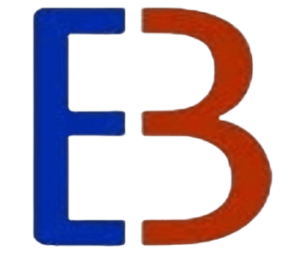Part 1:
1. ___________: the ability to share and understand the feelings of others, considered by your professor to be critical trait of any individual wishing to work in healthcare.
2. ___________: negative attitudes toward aging; attitudes, ideas, beliefs and practices that are biased against persons or groups based on their older age.
3. ___________: acronym for the organization that writes the questions and provides the national exam for licensed nursing home administrators, they also accredit long term care degree programs.
4. ___________: the credential that must be obtained (in the U.S) by individuals that wish to oversee the operations of a nursing home.
5. ___________: the scientific and systematic study of aging, not the study of old people.
6. ___________: communities that offer multiple levels of care and typically includes senior housing, assisted living and nursing facility, allowing individuals to age in place.
7. ___________: care provided for the terminally ill.
8. ___________: treatment for the prevention and relief of pain and suffering.
9. ___________: also known as ”Obamacare.”
10. ___________: acronym for the agency in Kentucky that oversees and provides unannounced surveys of assisted living facilities.
Part 2: Short Answer:
11. In your own words, describe and define “long term care” services and supports. Your definition must be accurate and differentiate long-term care from acute care. Your definition cannot be a direct copy from the textbook
12. List and then briefly describe 5 weaknesses of the long-term care system:
A.
B.
C.
D.
E.
13. Compare and contrast Medicare and Medicaid.
14. List below at least (3) initiatives/provisions of the Affordable Care Act that have impacted long term care providers and recipient.
A.
B.
C.
15. Describe below at least four things that you have learned about assisted living facilities in Kentucky. You may refer to the type of care or services typically provided, philosophy of care, type of employees, requirements to be the Director/Administrator, resident needs, things that cannot be provided in AL, surveys, top reasons for discharge, etc.
A.
B.
C.
D.
16. What is meant by an “age irrelevant?” What changes would occur in the United States if we became age irrelevant?
Part 3: Multiple choice or True/False,
17. Which of the following is an activity of daily living (ADL)?
o Going to the bank
o Cooking dinner
o Ambulation
o Making your bed
18. Medicare is also known as Title 18 of the Social Security Act.
o True
o False
19. Hosparus provides hospice care
o True
o False
20. An adult day care center can be either social or medical model.
o True
o False
21. The Barren River Adult Day that we toured is an example of a medical model adult day that also provides social activities.
o True
o False
22. Which of the following is considered a home and community based service (HCBS)?
o Nursing facility
o Assisted living
o Hospital
o Adult day care
23. Which of the following is a version or type of senior housing?
o Independent living
o Continuing care retirement community
o Life care community
o All of the above are types of senior housing

